Recently, A detachment of F-35B jets landed on board the amphibious assault ship USS Wasp, marking the first time the aircraft has deployed on board a US Navy ship.
“Pairing F-35B Lightning II’s with the Wasp represents one of the most significant leaps in warfighting capability for the Navy-Marine Corps team in our lifetime,” said Rear Adm. Brad Cooper, commander, Expeditionary Strike Group 7.
“This 5th generation stealth jet is extremely versatile, and will greatly enhance and expand our operational capabilities.”
According to the US Navy, VMFA-121 Pilots are scheduled to conduct a series of qualification flights on Wasp over a multi-day period. Following qualifications, the F-35B’s and 2,300 Marines that make up the 31st MEU will deploy aboard ships of the Wasp Expeditionary Strike Group for follow-on operations in the Indo-Pacific region as part of a ,routine patrol to strengthen regional alliances, provide rapid-response capability’.
“The 31st MEU is the only forward-deployed MEU in the region. The F-35B serves as one airframe within a multitude of air capabilities of the MEU’s Air Combat Element.
Air, ground, and logistics forces make up the MEU’s Marine Air-Ground Task Force (MAGTF), a composite of capabilities that allow the MEU, in partnership with Navy amphibious ships, to conduct a wide-range of missions from crisis response to disaster relief.”
The US say that the aircraft is equally capable of conducting precision strikes inland, supporting Marines inserted ashore or providing air defence for the Expeditionary Strike Group.
It’s no secret that the F-35 has had severe cost and schedule issues.
The F-35 programme has gone through serious teething problems, problems also experienced by the majority of complex aircraft flying today such as the F-15, Typhoon or any other modern combat jet.
The biggest issue for the project continues to be the fact it is the most expensive military weapons system in history owing to the sheer scope of the programme but that being said, aircraft costs are now coming down and will soon be similar to the cost of many aircraft it’s replacing.
Today the programme is maturing rapidly, right now much of the activity around the jet is dealing with software bugs and testing to validate the software, with most of the physical testing being to do with weapons integration and the gradual scaling up of capabilities that comes with each new software block.
The jet is a quantum leap in capability, able to give the pilot as much information as only theatre commanders have previously had. While the primary value of the jet is in its sensor and networking capabilities, it is also valuable in that it’s able to perform many tasks designed to increase the lethality of not only itself but other assets, such tasks include the ability to co-ordinate small fleets of unmanned combat aircraft, guide weapons launched from other platforms (even warships), launch a wide-range of its own weapons and use it’s own radar to conduct electronic attacks.




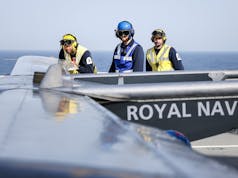
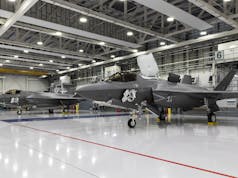
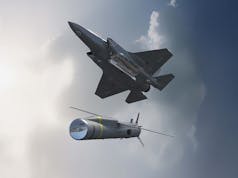


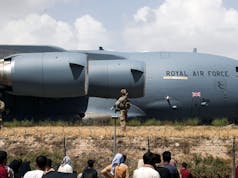

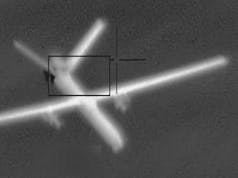

It’s a step change!
I wonder what the payload/fuel carried difference is between a USMC F35B and a UK F35B operating from their LHDs with no ramp and our QE class with a ramp? I know we will be using the full length of the deck plus the ramp for take-offs to give the aircraft the maximum amount of payload for the take-off run. The USMC will not have the same benefit as their deck is not only shorter but does not have a ramp.
Payload will probably be comparable but at the same time fuel and range will be forsaken on USMC F35s I reckon. This Is likely for two reasons. The first is that the US amphibious assault ships and f35bs will operate closer to shore than QE ever will and therefore require less fuel since they will only ever likely be providing local air defence and close air support for amphibious landings. The second is that the US possesses a naval based in flight refuelling system (Osprey) meaning they can sacrifice fuel for payload.
Do the Ospreys operate from the USMC carriers?
Also, is the AAR rig on the Osprey operational yet, or even certain to go operational? I had the impression that the work so far is at proof of concept stage rather than a programme with a budgeted in-service date. I could of course be 100% wrong on that so, if necessary, polite corrections for my previously-formed impression would be much appreciated.
an exercise into the viability of operating an osprey has been carried out with a ticondaroga cruiser, the test was unsuccessful the wind generated by the ships superstructure made flying the osprey too difficult. much as the test of landing a harrier on hm.s blake(videos are on the net.) in the late 70’s ended the viability of locating permanent location of an aircraft on blake and tiger was abandoned.